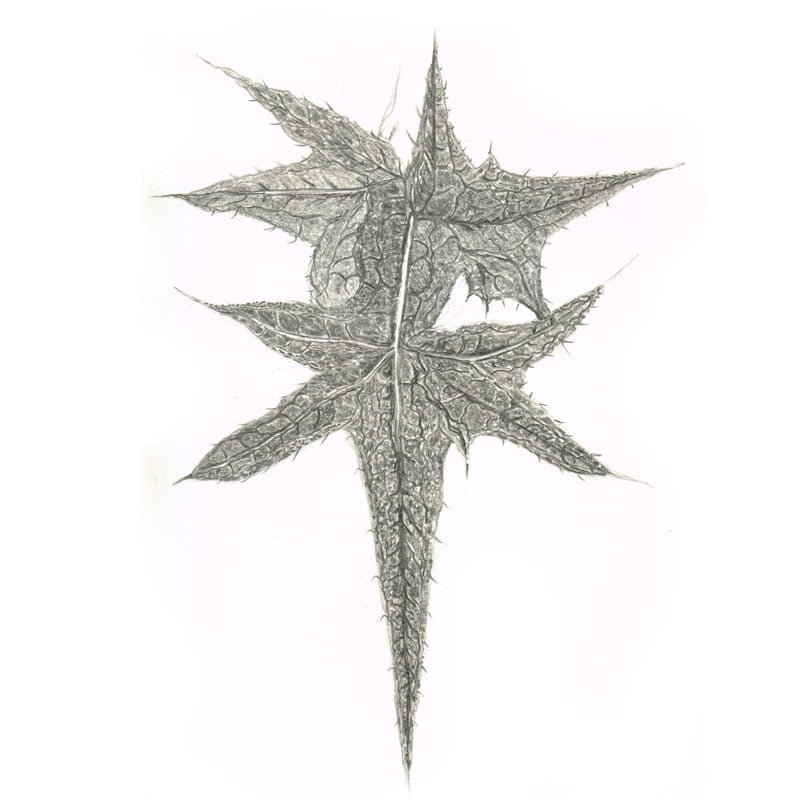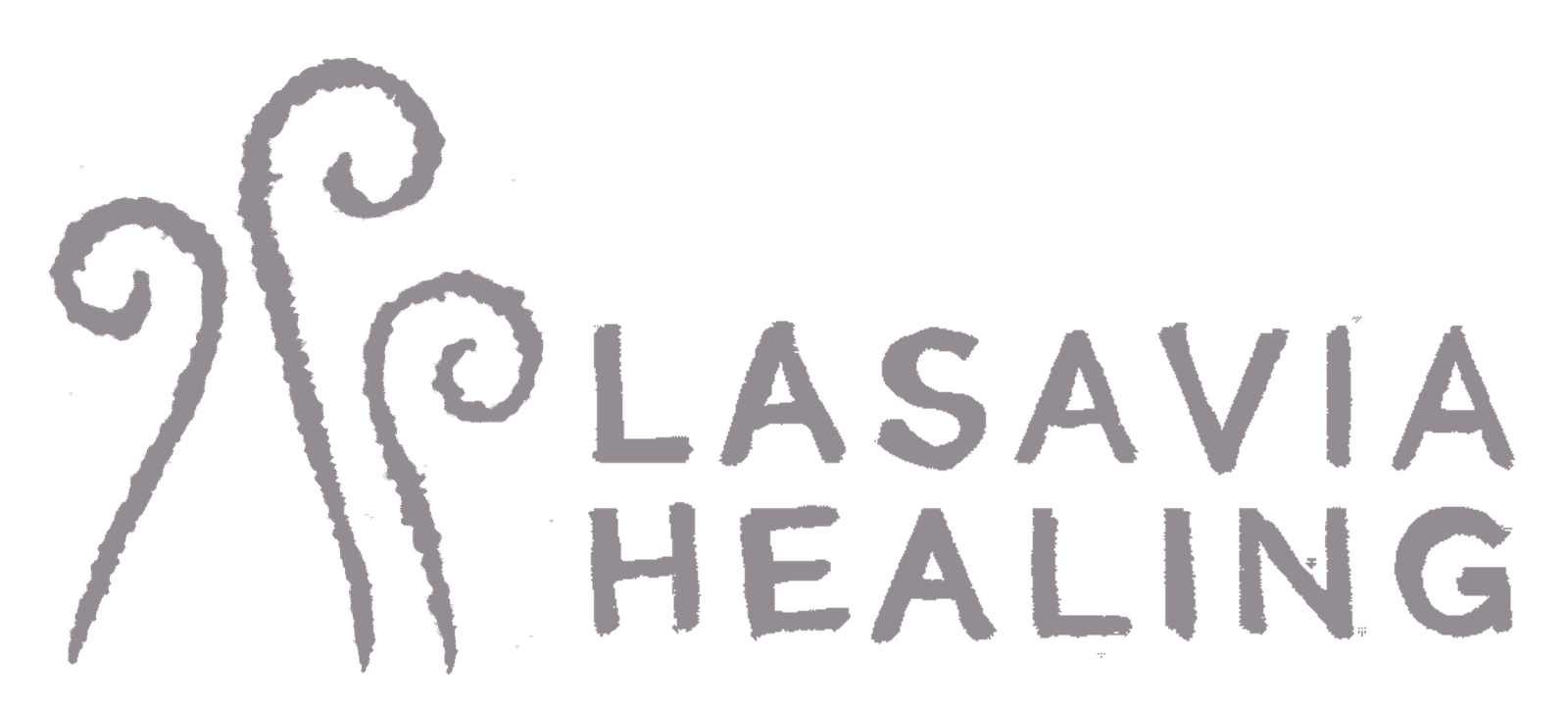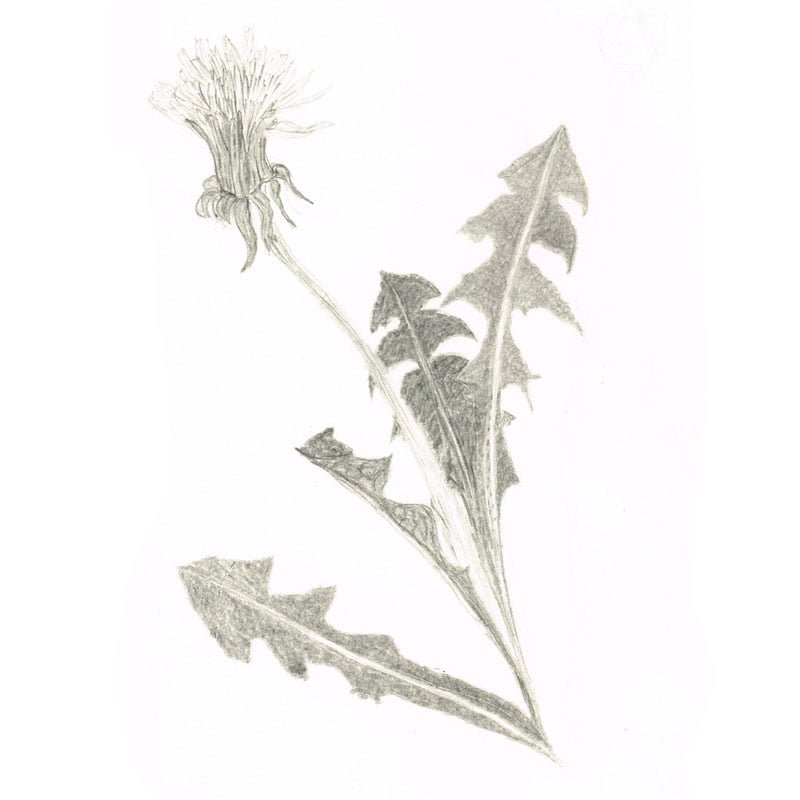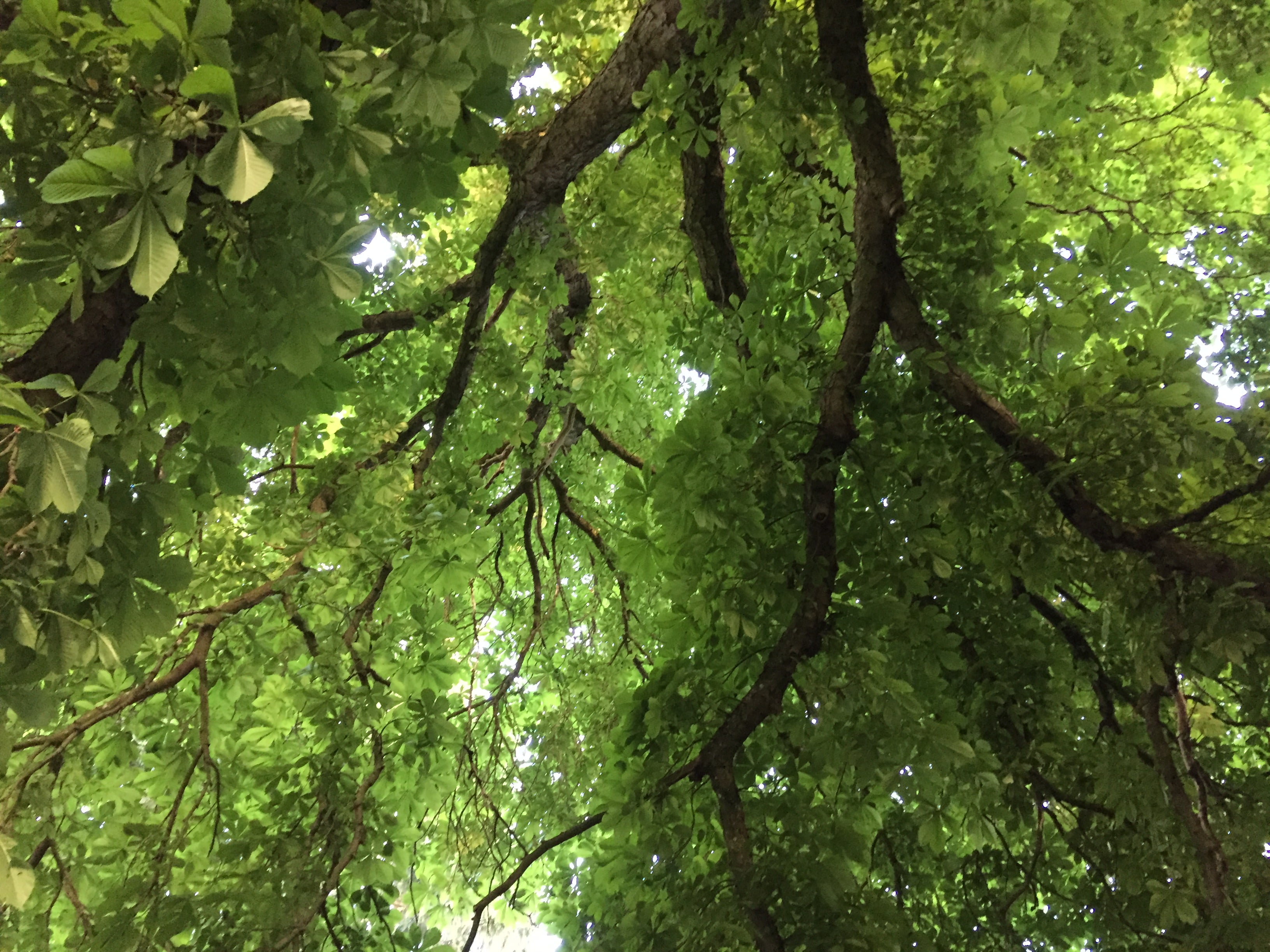
Guidelines for Management

Lasavia Management
I see management as being in the world and aligning to the purpose and values of the organisation to help manifest this purpose. I am also excited by the collaborative work of a group of people to bring forward their skills and expression of their truth to create, manifest, and communicate the culture and the cultural knowledge of an organisation.
People working in management for Lasavia also need to look at their internal locus of ethics. This means that there is an inner way of checking guidelines, values and motivations within themselves.
In alignment to the values of Lasavia – diversity, truth, humility – it is important that, in management, people are able to express their individuality and contribute their truth as well as to see themselves as part of a greater whole.
In Reinventing Organisations, Frederic Laloux writes that at heart, we are all profoundly interconnected and part of a whole, but it’s a truth we have forgotten. There are two aspects of wholeness, one is to be aware that we are part of a greater whole; the other is that we are actually whole. I love the play of that, but I think what is profound (and I know this in healing work) is that part of healing is to acknowledge pain/woundedness/brokenness but at the same time you see a person as whole. By acknowledging wholeness in each other, we are able to support each other to fulfil the roles and work together effectively.
I would like to see in the management team for Lasavia the concept of self-management and clear communication. Support and communication can come in the form of regular meetings to keep the work flowing and that no one person should be overwhelmed or stressed by the workload. Unpleasantness, inefficiency and unhappiness need not be part of the relationship between people and each other and between people and their work.
Frederic Laloux talks more about the challenge of self-management, particularly where being in a community of peers is hard. He suggests creating practices for people to support each other in their inner work while doing the outer work of the organisation. Every time our fears get triggered, it is an opportunity to learn and grow into more wholeness, reclaiming aspects of ourselves that we have neglected or pushed into shadows.
Ethics can create a beautiful structure of work that empowers us and also helps to experience a safe working environment. Structure comes up here, and the medicine sphere is a really helpful way of exploring self-management as part of the whole. By seeing our role within the medicine sphere and then looking at the role as a whole medicine sphere is an exciting way of deepening and working within the culture of the Lasavia organisation.
There were three qualities I wrote down as important, particularly in managing an organization that is working in the field of spiritual evolution, they were: adaptability, persistence and gratitude. Working collaboratively may be slower at first and not always moving as directly as we would want. It takes time to build a house that has good foundations and is a place for many different people.
A lot of the work in management is not just support but leading the way forward. Often there may be areas that we enter that are new and so it is important to keep learning and growing in these areas. Recognising when we need support in learning from specialists is part of developing a good management process. What are the practical processes that constitute support? These are some ideas: financial organization, supplier organization, communication, information organization, clutter clearing, equipment and location, time organization, presentation that aligns with the essential qualities of Lasavia.
Systems that reflect respect in all relationships through correct financial processes are important.
Guidelines for Lasavia management:
Understand wholeness
Self-management and an ability to shape the role as they grow into it
Truthful communication
A desire to build community
Self-reflection
A desire to upskill where they need to as they grow their role
Balance and commitment of time
Have a foundation of Intrinsic values









 Excerpt from The Ethical Foundation for Lasavia Healing: An invitation to partake in an exploration of ethics for the community of Lasavia Healing, by Leila Lees
Excerpt from The Ethical Foundation for Lasavia Healing: An invitation to partake in an exploration of ethics for the community of Lasavia Healing, by Leila Lees I see this document as living and I invite everyone who is moved to, to put forward your own dialogue around your personal ethics in what you do and for the ethics of Lasavia Healing as an organisation. I also see this document as unfinished and I accept that.
I see this document as living and I invite everyone who is moved to, to put forward your own dialogue around your personal ethics in what you do and for the ethics of Lasavia Healing as an organisation. I also see this document as unfinished and I accept that. While this means that ethics are needed everywhere, and in everything we do, it is much easier to see how we are doing if we have a specific area of focus. This is why we need to name, not just the ethical code but also the particular practices and relationships it refers to: There may be one code of ethics for membership of a community, while there might be another code for teaching students Shamanism or for working with clients. The universal principles are most likely the same, but the ways they express themselves in our individual practices need specific attention if we want to know how to translate the moral into daily life.
While this means that ethics are needed everywhere, and in everything we do, it is much easier to see how we are doing if we have a specific area of focus. This is why we need to name, not just the ethical code but also the particular practices and relationships it refers to: There may be one code of ethics for membership of a community, while there might be another code for teaching students Shamanism or for working with clients. The universal principles are most likely the same, but the ways they express themselves in our individual practices need specific attention if we want to know how to translate the moral into daily life. I have always been thoughtful around rules that govern our behaviour. I have seen the terrible impact of righteousness on a group, ostracising and splitting people from family, friends and community. I have witnessed how righteousness could warp the notion of ethics by shaming and focusing on one
I have always been thoughtful around rules that govern our behaviour. I have seen the terrible impact of righteousness on a group, ostracising and splitting people from family, friends and community. I have witnessed how righteousness could warp the notion of ethics by shaming and focusing on one  In writing this document for Lasavia Healing, I bring forward the purpose of Lasavia, the structure and parameters of the teaching, the values of Lasavia and some thoughtful reflections around my own journey through teaching, facilitating and participating in spiritual, shamanic, therapy and improvisation groups. I also look at natural laws or cosmic laws – I want to bring this up for discussion as when we work in accordance to these laws it may impact how we define our personal ethical approach to our own lives.
In writing this document for Lasavia Healing, I bring forward the purpose of Lasavia, the structure and parameters of the teaching, the values of Lasavia and some thoughtful reflections around my own journey through teaching, facilitating and participating in spiritual, shamanic, therapy and improvisation groups. I also look at natural laws or cosmic laws – I want to bring this up for discussion as when we work in accordance to these laws it may impact how we define our personal ethical approach to our own lives.
 In practice, an ethical document for an organisation, although appreciated in principle, can become an abstract document. An ethical foundation needs to be alive and the only way I see this to be alive and connected to people is for people to participate and contribute to the ethical foundation. Firstly this can happen by people finding and landing within themselves their own set of values, what is innate in them and how do they translate those values into their everyday lives. I realise the importance of this because the fundamentals of what the Lasavia Healing Course is about, is about transformation, and this happens through an evolution of consciousness and this is about our lives.
In practice, an ethical document for an organisation, although appreciated in principle, can become an abstract document. An ethical foundation needs to be alive and the only way I see this to be alive and connected to people is for people to participate and contribute to the ethical foundation. Firstly this can happen by people finding and landing within themselves their own set of values, what is innate in them and how do they translate those values into their everyday lives. I realise the importance of this because the fundamentals of what the Lasavia Healing Course is about, is about transformation, and this happens through an evolution of consciousness and this is about our lives.


